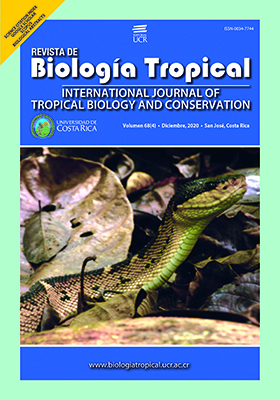Abstract
Introduction: The light-emitting enzyme complex of luminescent bacteria is a powerful biochemical tool, with a wide variety of applications including environmental quality monitoring. Objectives: Identify taxonomically two luminescent bacteria from Cuban shelf waters, as well as select the culture media that favor their growth and luminescence. Methods: The taxonomic location of the luminescent bacteria was carried out using traditional and molecular methods. Four culture media (LM, Boss, Chalk, ZoBell) were evaluated as a function of specific growth rate (μ) and luminescence, using a Genesys 10UV spectrophotometer and a Shimadzu RF-5301pc spectrofluorometer, respectively. Results: Biochemical and physiological characterization of CBM-976 and CBM-992 isolates showed similarities with Vibrio harveyi species. Phylogenetic positioning analysis confirmed a high correspondence with V. harveyi strains isolated from aquatic environments, using partial sequences of 16S rRNA, gyrB and pyrH genes. LM and ZoBell culture media were selected for having a high specific growth rate of CBM-976 and CBM-992 strains, as well as for showing high luminescence values. The results will allow deepening the physiological characterization and are the starting point for the development of contaminant detection methods. Conclusions: The rational combination of physiological and biochemical characteristics, as well as the molecular approach, contributed to determine the taxonomic position of CBM-976 and CBM-992 strains isolated from Cuban marine waters as Vibrio harveyi. Furthermore, LM and ZoBell culture media were selected as the most suitable for growth and luminescence emission for both strains.
##plugins.facebook.comentarios##

This work is licensed under a Creative Commons Attribution 4.0 International License.
Copyright (c) 2020 María Victoria Iglesias Rodríguez, Rodolfo Umaña Castro, Lirialis Garcia Mesa, Eudalys Ortiz Guilarte, Roberto Núñez Moreira, Carlos Álvarez Valcárcel, Gladys Margarita Lugioyo Gallardo



